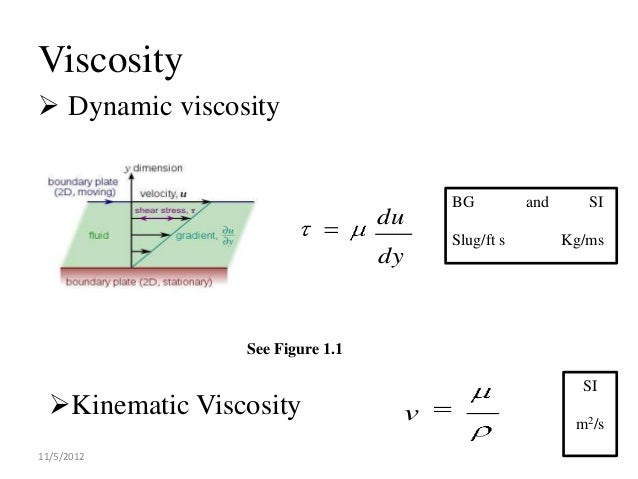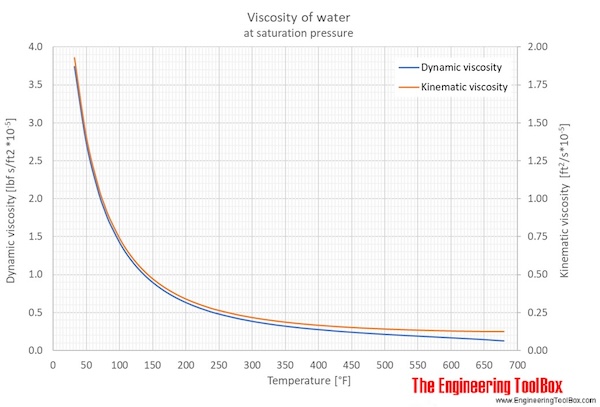
Also, when it comes into touch with solid limits, how it will move. The viscosity of a fluid is a crucial attribute to know in order to understand its behavior. Dynamic Viscosityĭynamic viscosity is a method of measuring a fluid’s resistance to flow when an external force is applied. Kinematic viscosity is more beneficial than absolute or dynamic viscosity in a few instances. In actuality, they are rather different from one another. Many people misunderstand the two viscosity measurements and believe they are one and the same. Kinematic viscosity is the name given to this measure of fluid viscosity. Kinematic Viscosity: This type of viscosity is used to measure the fluid’s resistive flow under gravity’s weight.

Dynamic Viscosity (Absolute Viscosity): This type of viscosity is used to measure the fluid’s resistance to flow when a force is applied to it.

There are two types of viscosity of a fluid:


 0 kommentar(er)
0 kommentar(er)
